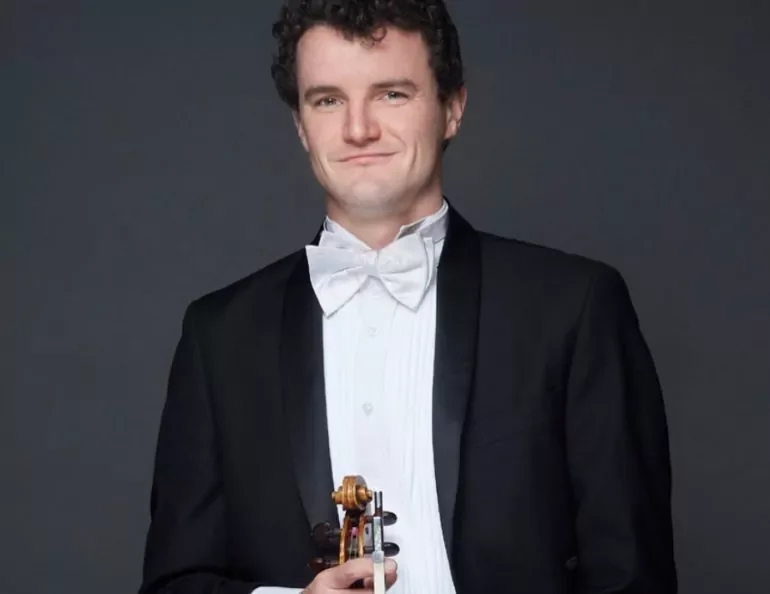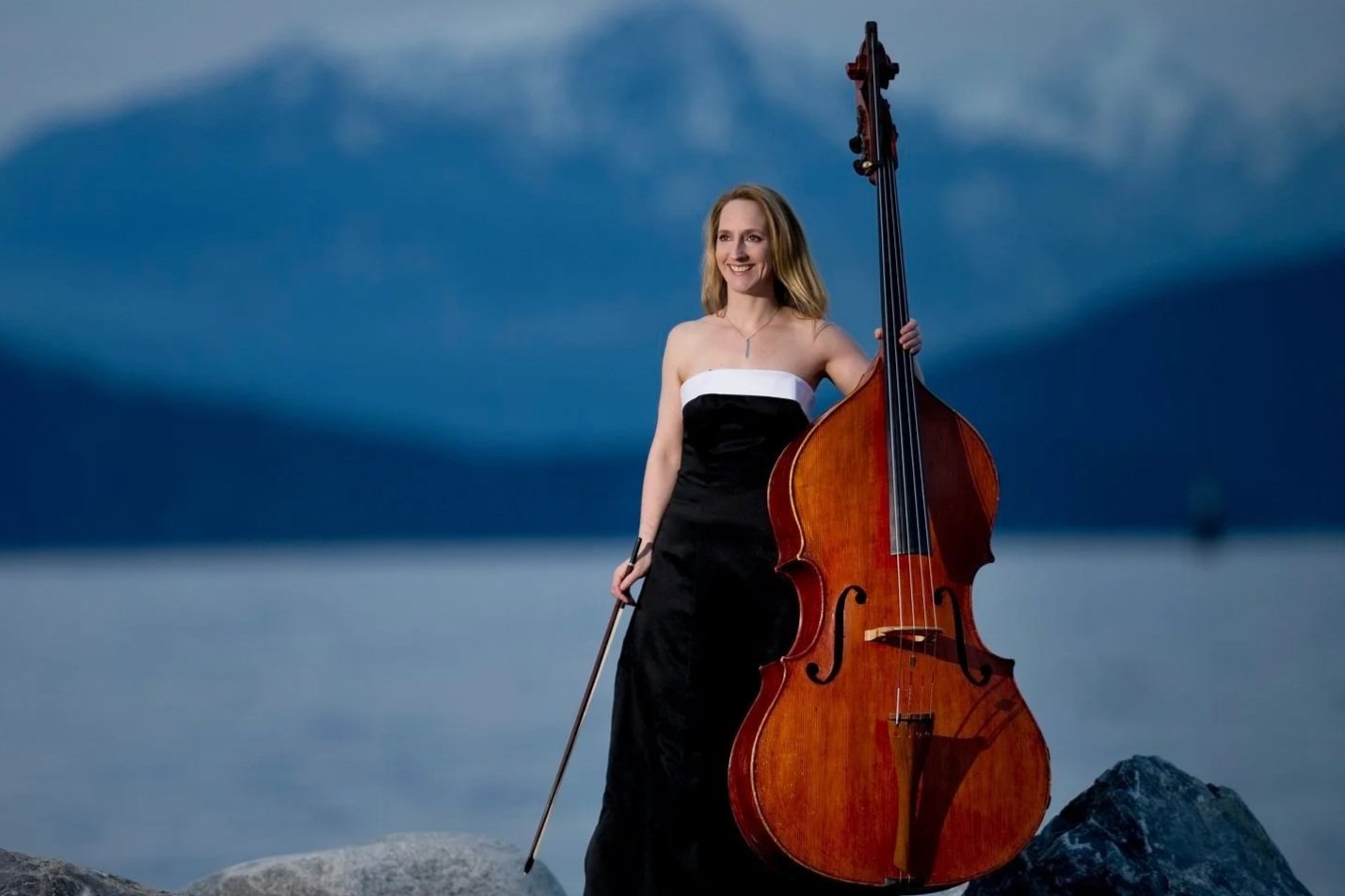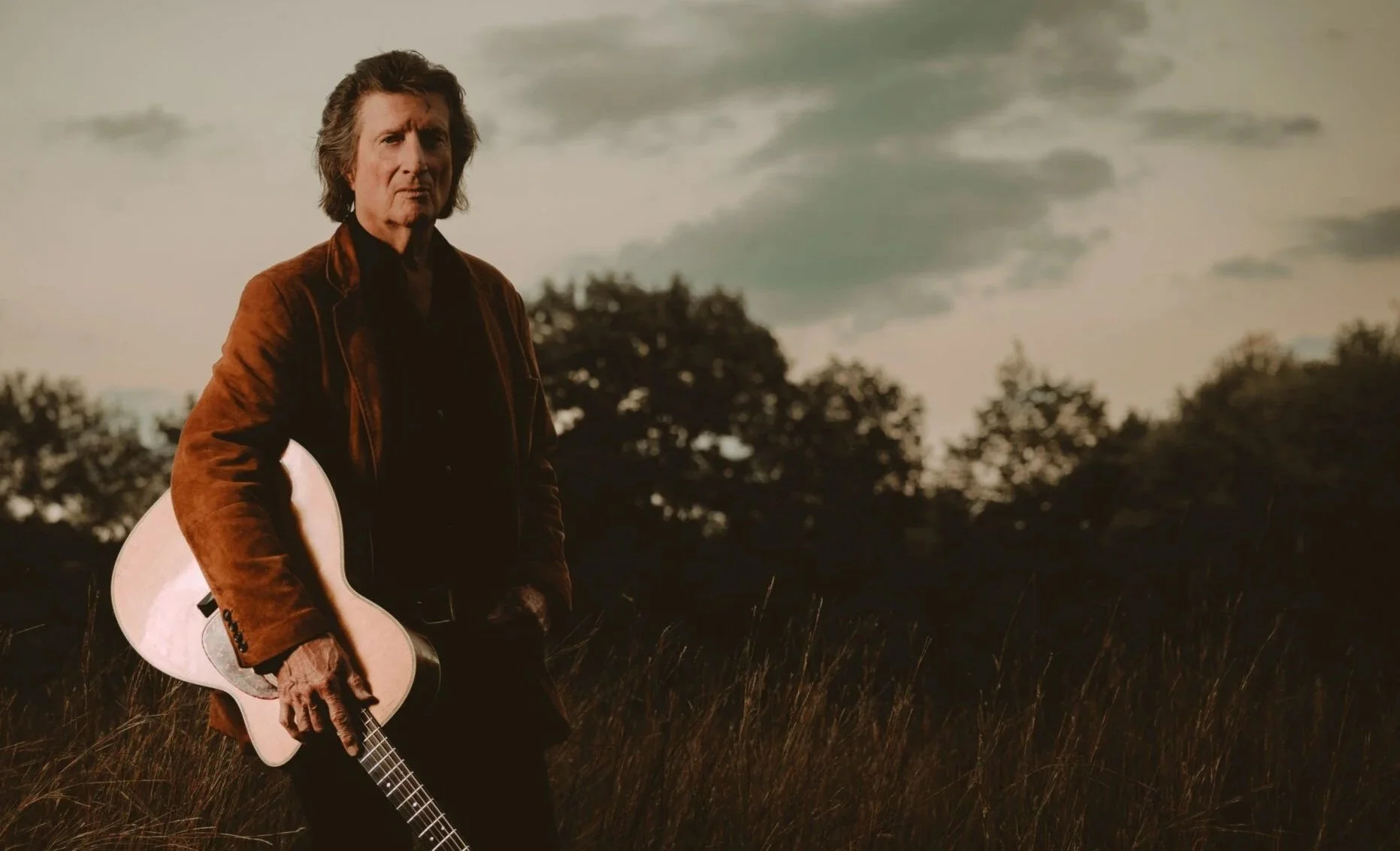Beyond notation: Emily Carr University students' creations inspire a world of sound
In Vancouver New Music collaboration, photos, drawings, and more form polydimensional scores
Emily Carr University of Art + Design students Alisa Tarabrina, Macy Burgess, and Sam Street arranged and photographed found materials from Camosun Bog to create their polydimensional score.
Vancouver New Music presents Polydimensional Scores online on December 8 at 11 am, and One Sheet Scores online on December 15 at 11 am, via Youtube
WHAT DOES music sound like if it follows a score that, instead of staffs, clefs, and notes, uses flowing ink drawings, layered photographs of trees and leaves, or field recordings?
Curious listeners will find out when Vancouver New Music digitally debuts One-Page Scores and Polydimensional Scores--collaborations with Emily Carr University of Art + Design students.
“Anything can be read as a score,” Vancouver New Music artistic director Giorgio Magnanensi tells Stir emphatically, pointing to great American choreographer William Forsythe once saying that even “the body is a score”. “Any image carries symbolism and references, and promotes reactions and stimulates imagination. And there’s a way to find a way to translate those triggers into sound.”
This week’s Part 1 on Tuesday sees the live premiere of work that paired the students from ECU instructor Julie Andreyev’s online MDIA300: Media, Sound, Ecology course with musicians to interpret their polydimensional scores—videos, drawings, recordings, and other medi— through sound. The next week, on December 15, musicians interpret one-page scores that play with more two-dimensional colour, graphics, and composition, created by students from instructor Keith Langergraber’s online FNDT165: Core Interdisciplinary Studio course.
Because Andreyev’s class is about media and sound as they relate to ecology, her students were assigned to walk outdoors, in parks and other locations, to find inspiration for their scores. The project was “polydimensional”, so they could create two-dimensional, image-based responses to the environment (like photos and mapping), three-dimensional found materials like stones and sticks, or even four-dimensional projects like video and sound recordings.
“What’s amazing about it is how the students go at it from different ways, and so the results are diverse,” Andreyev says.
Kaïa Barthes-Lessard’s ink mapping.
In one case, students Linda Serrano and Cara Jacobsen created a scrolling video panorama that follows the line of the horizon against a backdrop of photographs of leaves and trees; musician Sara Gold expresses it through oscillators, cymbal strikes, and feedback. Another, by Alisa Tarabrina, Macy Burgess, and Sam Street, is made up of a sequence of photographs of artfully arranged moss, wood, and other natural materials found in Camosun Bog; those were accompanied with field recordings of the electrical substation adjacent the West Side site for musician Dan Kibke to interpret. And student Kaïa Barthes-Lessard’s ink drawing and mapping, based on a soundwalk, inspires a performance and video by musician Brady Marks.
Many of the images will give the livestream performance on Tuesday a strong visual component.
Magnanensi says the musicians taking part are mostly electroacoustic-based this year, largely due to pandemic constraints that prevent instrumentalists from joining forces. He says the musicians can take either an instinctive and emotional, or more analytical approach to the polydimensional scores the students give them.
“The students are getting very connected through this, because of their ability to go as a group to these field locations,” says Andreyev. “It’s played a big part in community-building and it also opens doors to collaborations with Vancouver New Music, even with the constraints of less onsite performance.”
She adds it’s been an enlightening experience for students. “Even though the students are doing sound art in the program, to hear a professional musician respond will be profound,” she says. “That’s the beauty of this project: it’s not traditional notation that’s all written out, so it’s so interpretive”
Imagery from Linda Serrano and Cara Jacobsen’s project.
Although the process sounds complex, it actually opens up the world of composition and scoring to a wider public who haven’t necessarily been trained in notation, Magnanensi says.
“I personally love this a lot--especially when I engage with people who have never been engaging in musical activity,” he says. “They come back and say, ‘I listen in a completely different way now.’ It’s a very beautiful thing that this process allows--thinking through sound.”
The kinds of connections it’s making between artists are more needed than ever, he adds. “It’s this renewed understanding of the need to connect strongly, in spite of separation,” Magnanensi says. “Now it’s even more relevant to be connecting people through sonic signs, a code that is easily transmittable."















Beloved Mozart work features fantastical characters and a killer Queen of the Night aria